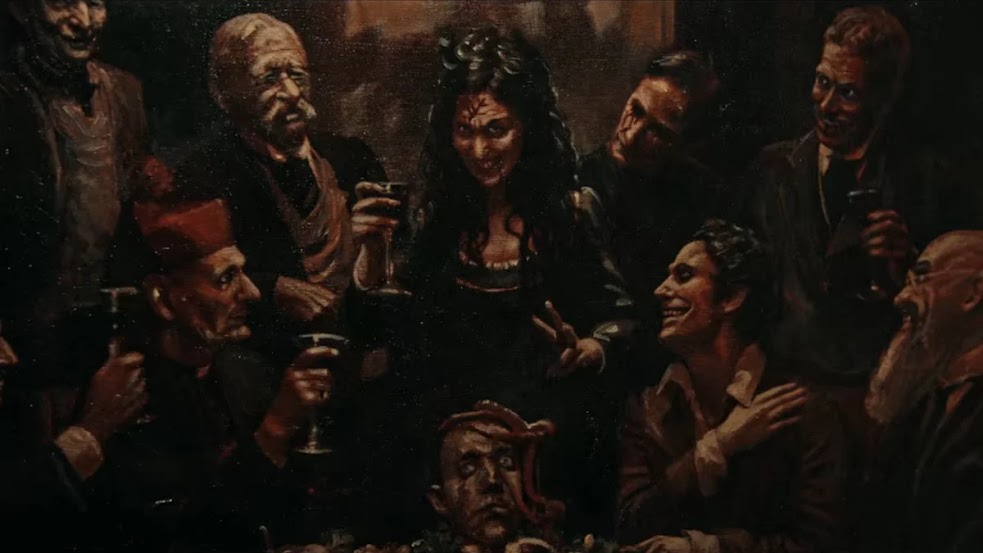Over the past few weeks, I've been playing Riot Games free-to-play CCG, Legends of Runeterra. Featuring well over 1000 cards and having already released numerous expansions, this CCG had a lot of meat for me straight from the get go, but was it cooked sufficiently? Let's go ahead and dive right in!
We're now in January which means that a Game of the Year award, the first for Just the Tidbit, needs to be awarded. 2022 as a whole was a good year for gaming, with plenty of quality AAA and indie titles released, spread across numerous genres. You of course still had the usual folks saying there was no variety and it was a lackluster year, but those folks need to look into a mirror, this year was quite good despite continued delays.
Due to it being an overall good year, that means the Game of the Year award was quite contested. Just off the top of my head, you had God of War Ragnarok, Stray, Cult of the Lamb, Elden Ring, Horizon: Forbidden West, Plague Tale Requiem, Lost Ark, Xenoblade Chronicles 3, and many more quality titles. On top of that, the Steam Deck was released and ended up being a fantastic portable gaming device which personally has increased the number of hours I game.
That said, there can only be one Game of the Year award winner and before I get to it, I'm going to give a shout out to two games that I enjoyed quite a bit. The first of which is Stray, an indie title published by Annapurna Interactive and developed by BlueTwelve Studio. Right now on Steam, the game sports an Overwhelmingly Positive rating with 97% positive reviews. While it's no surprise that the internet loves cats, this title did a fantastic job making you feel like one and having a compelling cyberpunk world to explore. I personally loved Stray and gave it a 9.3/10 when I was still doing my reviews on Twitter, you can read Stray's by clicking here. However, while I loved it, this year was too competitive for the cute orange cat to sneak into 1st place.
The second honorable mention goes to Plague Tale: Requiem, a game that ripped by soul into pieces with its gripping and emotional narrative. You can read my review by clicking here, but I gave the game a 9.5/10 due to it's incredibly immersive world, well written narrative, and great voice acting. The only thing I disliked about the game was some of the forced stealth sequences and stealth level design that was too similar to the first game. It was extremely difficult for me to avoid my own bias and not give this my Game of the Year, so think of this honorable mention as a near tie for the award, it was that close. So, if not Stray or Plague Tale Requiem, what won?
In a photo finish, the winner of the first ever Just the Tidbit Game of the Year award is...
Yes, Elden Ring just barely won and did so by being a gripping souls-like experience made by the pioneers of the genre From Software, that embraced the idea of exploration and ran with it. When I entered the game for the first time, I was at awe by how expansive it's world felt, but what I didn't realize is how large and full of interesting content it actually was. Every single inch of the game is filled with intrigue and every roadblock you face could be overcome through taking a different path. It's boss fights were intense, it's world was brutal, it's soundtrack was epic, every part of the game was just excellent. The main con I had with the game is it's narrative, which requires too much exploration and could have been spoon fed through the main story a bit more. If you do explore and hunt for the story though, it is quite interesting.
The enormous package full of intrigue Elden Ring delivers is why it received a rating of 9.6/10 and won Just the Tidbit's first ever Game of the Year award. It was just... that... good. Congratulations, From Software! If you want to learn more about Elden Ring, check out the review by clicking here. Here's hoping 2023 turns out to be as great as it appears it will be!
Released on July 19th, 2022, As Dusk Falls was a day 1 Gamepass title that was published by Xbox Game Studios and developed by INTERIOR/NIGHT. Dubbed an original interactive drama, this title sparked a lot of curiosity due to it's art style. However, while the art style certainly gave it a fair bit of curb appeal, this type of title solely lives or dies based on it's story. Is it any good? Let's dive in!
Let's start of with presentation, since that's the first thing you'll notice about As Dusk Falls. It sports a unique style that combines stylistic 3d environments with 2D characters. When a character moves, it's kind of like a slow stop motion animation, where only very defined frames will animate, giving you an idea of what the character is doing but not showing the full sequence leading to it. Think of an animation playing at 2 FPS, that's basically what it looks like, but since the game is built around it, the style fits into the package very well. The voice acting and sound throughout the entire game is well done too. The presentation as a whole gives the game a very polished vibe, which if combined with a well done story could create a compelling package.
However, is the story well done and do your choices actually matter? Yes, the story is well done and your choices matter far more than most point and click style games. It's actually quite shocking how flexible As Dusk Falls story really is, allowing you to get any character debilitated or killed through choice, planned incompetence, or actual incompetence. Each of the dialogue choices are fairly well described too, never making you feel like what you chose wasn't accurate to what you felt was intended. Combine that with the game's multi-pronged story and this package starts to get really compelling.
The story itself is starts in 1998 and primarily follows two families with some additional side characters. It starts with a robbery-gone-wrong and a family trip to a new city for work, but slowly evolves into an intertwined, well written story that keeps you hooked all of the way to the end. That said, the game has many characters and out of the ones I primarily controlled, I thought half were either boring or annoying. Thankfully, as stated previously, you're able to strategically kill off folks you don't like and the story adapts to it masterfully. This is the first time I've played a point and click game that actually felt like my choices mattered a ton. No cheap deaths or events, only impactful ones that leave a mark. Unfortunately, the game's story seems a bit incomplete as it currently contains 2 "books" worth of content and the ending achievement seemingly points to a future DLC or sequel. Thankfully, the ending I got out of the 7 total at least provided some closure, but it certainly left room for the story to develop more and more stories to be told.
Speaking of how the story is told, all of the games choices can be made through selecting dialogue, an item on screen, or participating in a quick time event (QTE). These QTEs aren't rapid fire and are paired with logical events unfolding on screen. Due to the choices mattering, you need to be careful when selecting dialogue options, as chain events could lead to a character you like dying or being debilitated. Since the game contains online and local coop, if you're playing with a friend, you'll each get a vote on every action. My friend and I discussed our options in Discord, then made each choice in unison, sometimes selecting different options for something random to occur.
On top of that, after each chapter, you're shown a screen that details what choices you made and how many other people made those same choices. I personally made a choice that 0% of the player-base made. Considering what choices the player-base made, I'd say most were forgiving and empathetic, while I was vengeance.
Overall, As Dusk Falls is a compelling package that contains a well written, albeit somewhat open ended story, with a diverse set of characters and is masterfully flexible to each of your choices. If you're a fan of point and click adventure games or as it's described here, an interactive drama, I cannot recommend As Dusk Falls enough. For more game reviews, click here!
Rating: 8.3/10
Developed by Torn Banner Studios and published by Tripwire Presents, Chivalry 2 is a multiplayer first person tactical slasher inspired by epic medieval warfare. Having played Chivalry 1 in the past, I was looking forward to Torn Banner's sequel to the beloved title. That said, was it worth the wait or a steaming pile of excrement to throw at your enemies? Let's discuss.
Presentation wise, Torn Banner nails the aesthetics of an epic battlefield. Featuring enough detail to immerse you, while having it's battlefields feeling vast, Chivalry 2 does a great job of making you feel the part of being a knight. On top of that, it's sound effects and sound track are great as well, further selling the whole experience.
Gameplay is why you're here though and Chivalry 2 delivers in spades. Featuring multiple game modes, such as 64 player conquests, 3v3 arenas, mounted combat and more, you'll have plenty of variety to delve into. Unfortunately, some modes like the mounted combat one are fairly dead, but at least the option is there if you're willing to wait in queue. Additionally, there are 15 maps that you'll cycle through, ensuring repetition is never an issue. Each of the maps have their own distinctive look and visual storytelling too, further selling the whole experience.
While you're in those maps, you'll be utilizing one of the 4 classes and 12 subclasses. Each contain their own selection of weapons, perks, and abilities, allowing for plenty of playstyle variety. During my multiple sessions playing the game, I normally would ride with a sword and board style of play, but sometimes I swapped to a spear or longsword to mix it up a bit. In these types of games, I never enjoyed playing an Archer despite liking that type of class in other genres, it just feels too vulnerable. One minute you're nocking arrows, the next you're head is lying on the floor, it's a tough life.
What's also tough is the learning curve of Chivalry 2's combat. While it's simple to learn, it's skill ceiling is quite high. I'd personally say I'm an above average player, as I normally end up there on the scoreboard, but even I struggle sometimes with the numerous mechanics at play. You have slashing, stabbing, overhead slash, kicking, bumping, blocking, parrying, fainting, countering, ripostes, throwing, shooting, abilities, alternative directionals, and the list goes on. The combat system on the surface feels a bit arcadey, but once you delve deeper, you'll find that it's incredibly complex. Due to that, some may feel like certain players are brick walls and become discouraged, especially without a ranked mode in arenas for example. Touching on arenas a bit more, there's a lack of a duos and elimination mode which is disappointing.
If arenas aren't your style, you can find a lot of fun in the 64 and 40 player mixed modes, which contain conquest style objectives. These objectives contain activities like breaking down a gate, pushing supply carts, plundering treasure, killing Dukes, and more. Each map has it's own self contained story and the objectives do a good job of once again, selling the experience. On top of that, there's a custom server browser where people do large scale 1v1s, free for alls, and more.
To top off our discussion of the gameplay, I would be remised to skip out on elaborating on the throwing and gore mechanics at play. You see, in Chivalry 2, you can pickup and throw almost anything you could IRL. By hitting targets with one of the many throwables that even includes silly things like chickens, you can kill your target. This creates fun moments throughout the course of play, like throwing your sword at a target running from you and seeing it stick out of their back as they fall to the ground. The gore adds to the whole experience as well, especially considering there's dismemberment. When you land an attack on the enemy, it's possible to chop of limbs, including their head. This creates interesting scenarios where your arm could get chopped off and you're left vulnerable, usually resulting in your head leaving your body as well. The gore system especially does a good job of selling the experience as a whole, it's like one bloody bowtie on a Christmas present made of limbs.
Overall, Torn Banner did a fantastic job of selling the experience of being a knight in epic medieval warfare. In every aspect of the game, they nailed the immersion factor, allowing you to become engrossed while becoming a legend on the battlefield. With multiple modes and classes to choose from, there's a lot of variety to keep you coming back for more. If you love medieval warfare, Chivalry 2 is an incredibly compelling option.
Rating: 8.8/10
Nearing the end of Cabinet of Curiosities season 1 leads us to the second to last episode, The Viewing. Directed by Panos Cosmatos, this story follows a wealthy recluse who hosts four guests at his mansion for a special viewing. However, does this viewing captivate or fall short of expectations? Let's discuss.
This episode stars Peter Weller, Steve Agee, Eric Andre and others, while being written by Panos Cosmatos, Aaron Stewart-Ahn, and Guillermo del Torro. Unfortunately, the writing in this episode is horrendous along with the acting. Each of the actors in this episode feel as though they're going through the paces, rather than attempting to breath life into their characters. This is one of the first episodes where I felt that not only the writing, but the acting was subpar as well.
If the writing was horrendous and the acting was awful, does an interesting premise at least shine through? No, no it does not. The premise centers around each of the guests waiting for a special viewing with the host. Unfortunately, the host decides that doing a bunch of drugs for 90% of the episode was the best course of action. This sounds potentially entertaining, but ends up feeling like a Dollar Store version of Pulp Fiction, ultimately being sleep inducing. Worse yet, the actual viewing that occurs in the final 10% of the episode also falls flat. That said, two good things I'll say about this episode is at least it's shot well and the soundtrack is solid.
Overall, this episode represented a major problem with Cabinet of Curiosities, quality control. With other popular anthology series like Black Mirror, Electric Dreams, and the Twilight Zone, you always got at least a solid episode. If you reach into the cabinet of so called curiosities, you better wear gloves, as you may pull out something repulsive like The Viewing. For more Cabinet of Curiosities reviews, click here.
Rating: 4/10
Rating: 6.5/10
Cabinet of Curiosities episode 6 brings us to Dreams in the Witch House, a bit more of a magical horror themed episode that is directed by Catherine Hardwicke and based on a story by H.P. Lovecraft. This episode deals with loss, witchcraft and oddly enough contains an actor we all may be familiar with. However, does the combination mean it's a good episode? Let's discuss!
Kingdoms of Amalur is a cult classic that many loved, but felt it didn't get quite the recognition it deserved. You see, 2012 was a different point in time, a time filled with the likes of Mass Effect 3, Dishonored, Assassins Creed 3, Diablo 3, Borderlands 2, Sleeping Dogs, Max Payne 3, Far Cry 3, and the list goes on and on. As a result, you can imagine why the game wasn't the financial hit 38 Studios expected, they then went bankrupt and the rest is history. However, Re-Reckoning sets off to bring Amalur back into the minds of gamers, but is it a graceful reemergence? Lets discuss.
Starting off with presentation, the game of course looks a bit dated despite the remaster. Quite honestly, if you told someone it was released in 2022, wasn't a remaster and they had no prior knowledge of Kingdoms of Amalur, they'd probably say it's a mobile game. The reason being, it's graphics give off that vibe, along with its large interface. Granted, some of the interface can be scaled, but certain elements still remain quite large. Graphics may have been a wow factor at one point for the game, but now it's just another piece of a mixed puzzle.
Another aspect of the presentation that's a mixed bag is the sound. The game doesn't have a master volume slider and some effects aren't controllable by it's sliders. On top of that, even with the dialogue slider lowered, cinematics still blast at 100% because there's no actual cinematic slider. Also, some audio is periodically louder than it should be and I experienced a tiny bit of clipping as well. Additionally, the voice acting of the game is just ok and nothing special when compared to today's standards.The one good thing I'll say about the sound is the soundtrack, it was pretty great throughout the entire game.
Taking a journey to gameplay brings us to another key issue with Kingdoms of Amalur in 2022, it's world. While giving the appearance of being large, it feels quite empty as exploration is punished by walls only unlockable by side quests and treasure chests with nothing useful in them. That last point was one of the more obnoxious aspects of the game, there's not enough loot upgrades to support the amount of loot you get on a regular basis. This makes you feel like chests are not special and are just a more advanced gold drop. All of that is a shame because the world oozes intrigue, but you're not rewarded for feeling that intrigue, you're made to feel like a fool for it.
Something that doesn't make you feel like a fool though and one of the strongest parts of Kingdoms of Amalur is how deep it's RPG mechanics are. You have traits that increase your ability to lockpick, break spells, gem craft, find hidden things, etc. On top of that you have fates, which are essentially classes that unlock over time and multiple skill trees to dive into. This, along with the stats you find on gear, allow you to make interesting builds.
While the builds you may create are interesting, the combat is somewhat of a mixed bag. Obviously more advanced for it's time and still enjoyable today, it falls short in numerous areas. It's difficulty primarily relies on stagger locking and overwhelming the player in all sorts of directions, especially once you reach the half way mark of the main story. Where Amalur shines best are more focused fights and while there are some of those throughout the game, there's also a lot of uninteresting stagger fests as well. The last bosses of the Teeth of Naros DLC and the main story are prime examples on how to create a good, but still challenging boss. Unfortunately, it felt like half of the bosses and enemies encountered didn't follow that philosophy. The reliance on stagger locking made the combat feel clunky, unresponsive, and sticky. The more focused fights allowed the combat to breath, while still allowing for challenging but fair mechanics, similar to what you'd see in Elden Ring. For more on Elden Ring, read my review of it by clicking here.
Narratively speaking, the story kept me intrigued throughout. Featuring well written dialogue and solid execution of that dialogue, you become attached to multiple characters throughout the journey. The game focuses on you being a fateless individual, someone immune to the future-sight of fate weavers, a person ultimately free of a predictable fate. Due to being able to change destiny, you're given the task to help stop the Tuatha Deohn who are aiming to summon their god, Tirnoch. While the premise is somewhat standard, the characters, specifically Alyn Shir are quite fun to interact with and get to know. Some can be a bit over the top, like Agarth who constantly tells you he's a hopeless drunk, but all of them are charming in their own ways. The important part of narrative, is grounding it within the world and making it feel believable and Kingdoms of Amalur does just that. Even the Teeth of Naros DLC has a well written story with strong characters as well. Speaking of DLC, Re-Reckoning comes with the Teeth of Naros and Legend of Dead Kel DLCs. However, unless you buy the FATE edition for an extra $15, you'll have to pay the full $20 for the new Fatesworn DLC.
Overall, Kingdoms of Amalur Re-Reckoning would have been an impressive game in 2012, but is just a bit below average in numerous areas when compared to the 2022 landscape. This ultimately hurts the purpose of the remaster, as remasters are typically used to bring in new customers who may have not played the original release. As someone who played very little of the original game in 2012, I was not that impressed with the game as a whole and even skipped 2 pieces of DLC content. I can recommend this game only to those who want to delve into a bit of gaming history or were prior fans of Kingdoms of Amalur. For all others, skip this.
Rating: 6.8/10
Delving into the Cabinet of Curiosities again brings us to episode 5, Pickman's Model. Directed by Keith Thomas, this episode follows Will, an art student who meets a more introverted artist who gives off a somewhat creepy vibe. Does this vibe well for the episode? Let's dive in!
The two main stars of this episode are Ben Barnes who plays Will and Crispin Glover who plays Richard Pickman. Both of them do a solid job executing the decent script of Pickman's Model. Regarding the writing, this is one of those episodes that certainly needed a bit more breathing room and as a result, felt quite sped up. Cinematography and audio was also solid, nothing special but at least executed well.
Story wise, despite feeling sped up, it was at least entertaining. The idea behind the episode is that Pickman's paintings cause a disturbing effect on folks. That effect is what drives most of the story, how characters react to it and the family divisions it sows. As mentioned, it was entertaining, but needed a lot more to make it a truly great piece of work. Where The Autopsy needed more time to become even better, Pickman's Model needed more time to let the paint dry on its hour long canvas. Instead, the paint dripped and it's flaws became quite obvious.
Overall, it was a fun watch, but needed more in some areas to really hit the standard that The Autopsy and The Outside achieved. If you're curious about those two episodes, you can find The Autopsy review by clicking here and The Outside review by clicking here. As for Pickman's Model, I'd recommend watching it only if you have nothing better to watch, as it's an entertaining episode but just doesn't do anything exceedingly well.
Rating: 7/10
Popular Posts
-
Over the past few weeks, I've been playing Riot Games free-to-play CCG, Legends of Runeterra. Featuring well over 1000 cards and having ...
-
Released on July 19th, 2022, As Dusk Falls was a day 1 Gamepass title that was published by Xbox Game Studios and developed by INTERIOR/NIGH...
-
Developed by Torn Banner Studios and published by Tripwire Presents, Chivalry 2 is a multiplayer first person tactical slasher inspired by e...
-
What do you get when you combine a first person shooter roguelite with a quest involving robots? RyseUp Studios Roboquest of course! Re...
-
A Plague Tale: Requiem is a third person stealth action game developed by Asobo Studio and published by Focus Entertainment. Following...


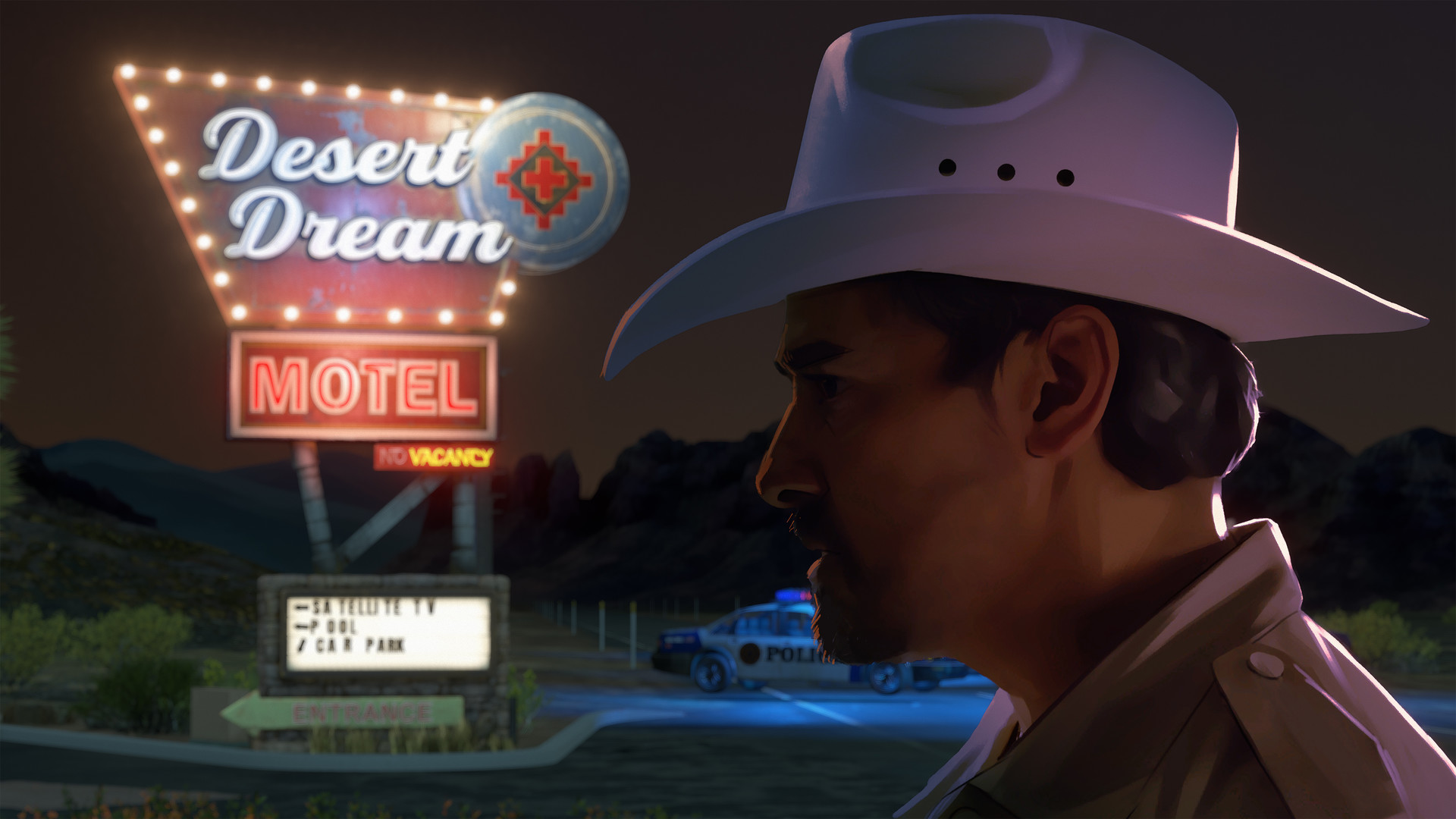





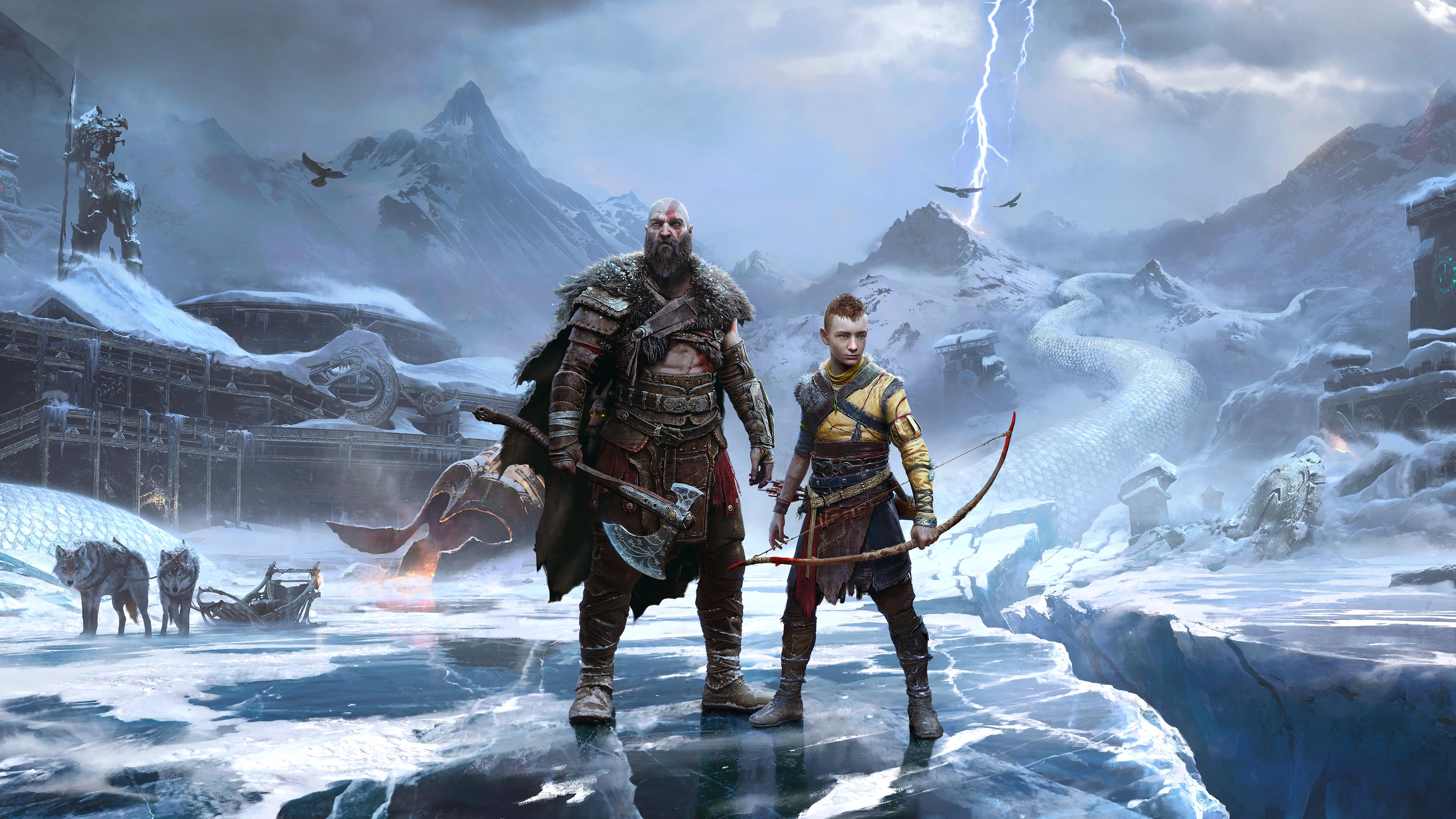



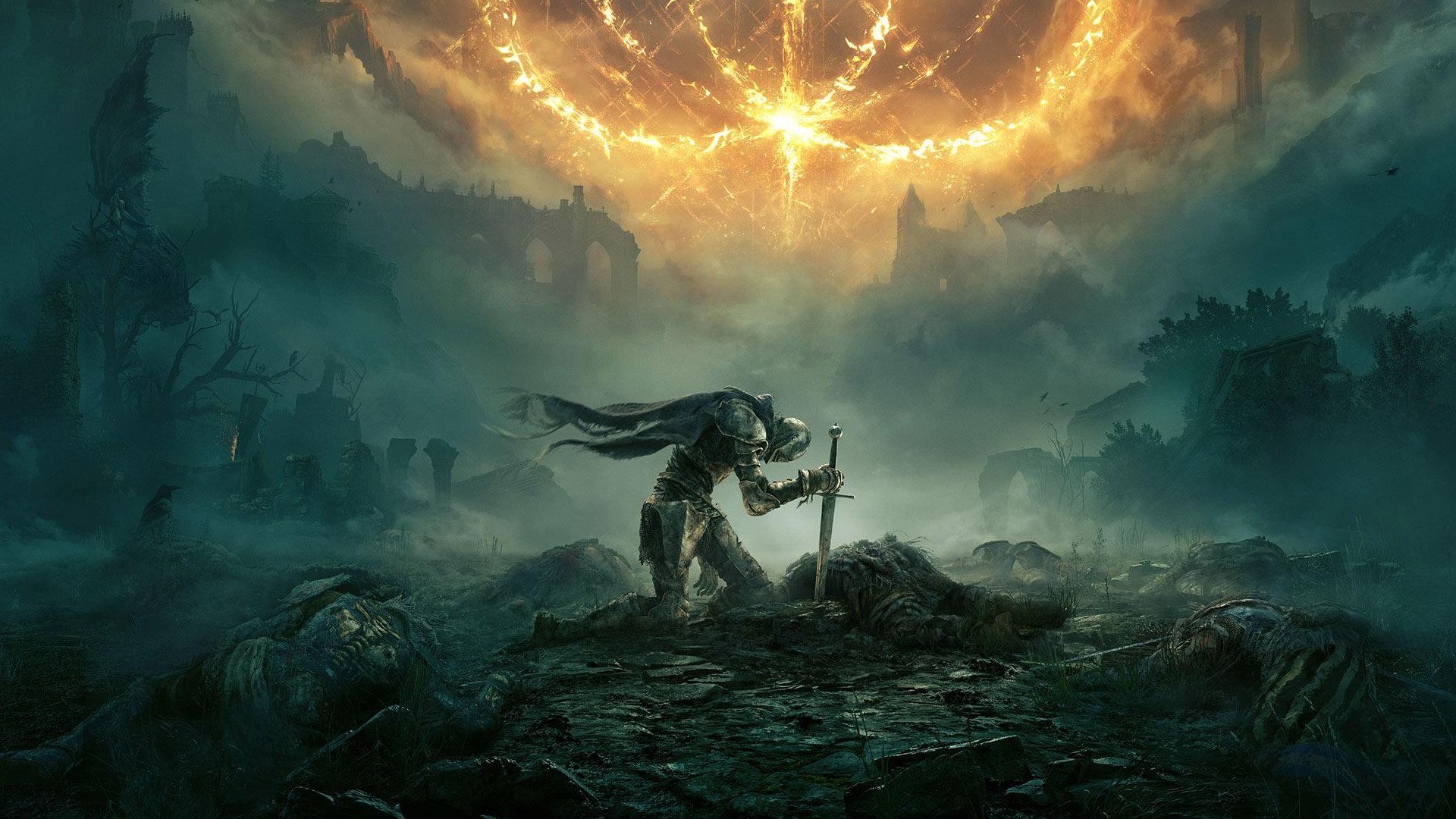
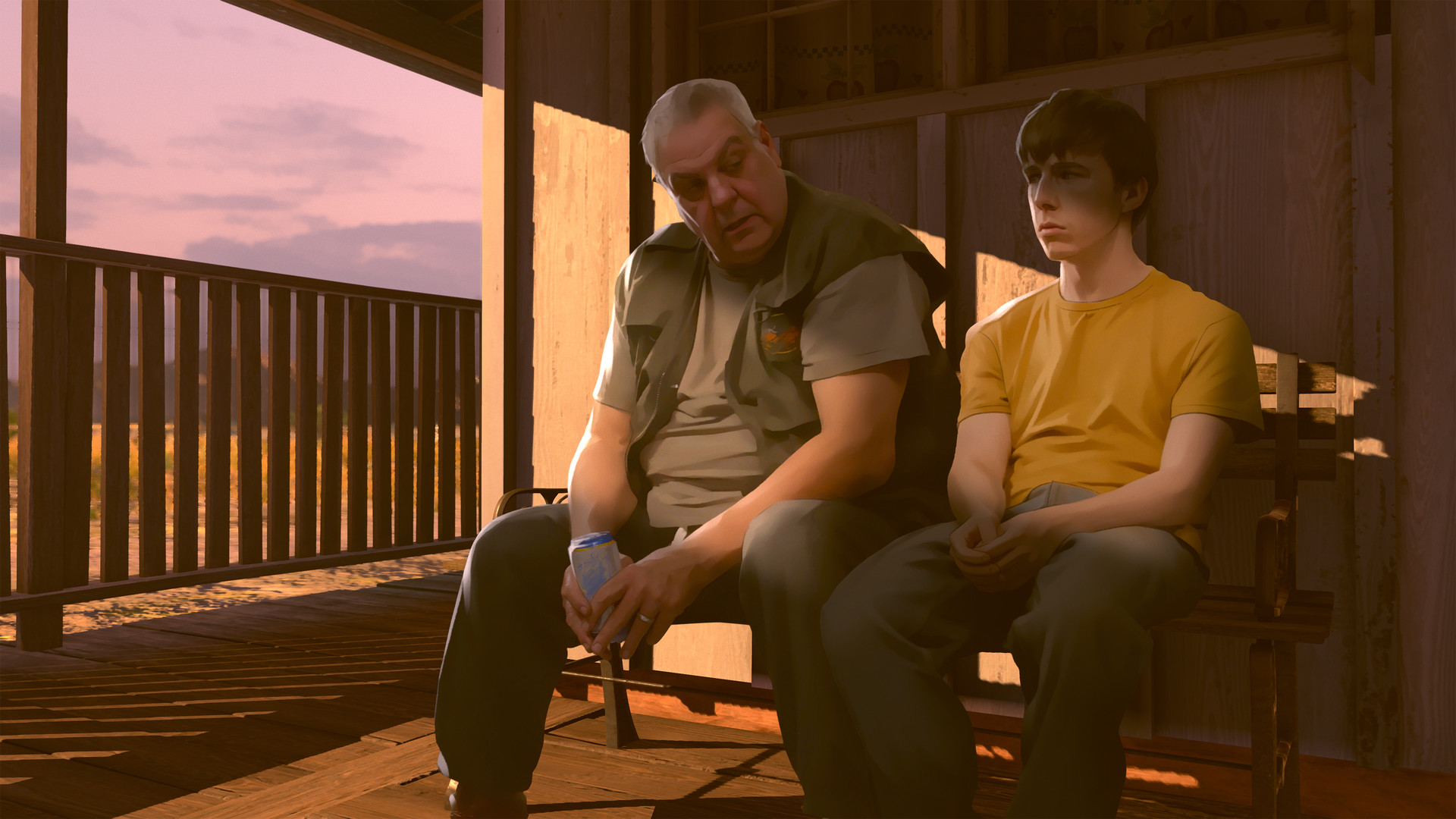
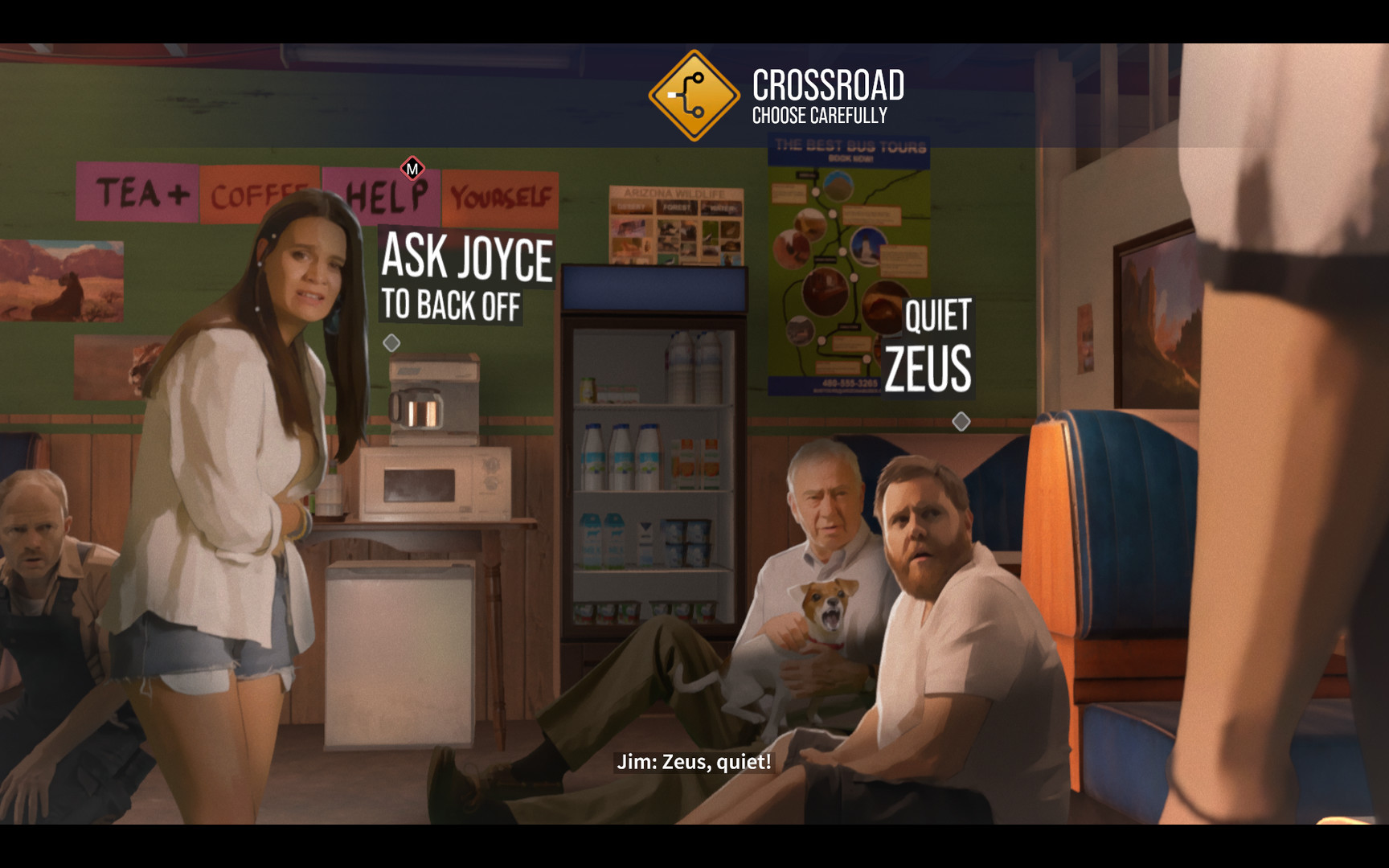




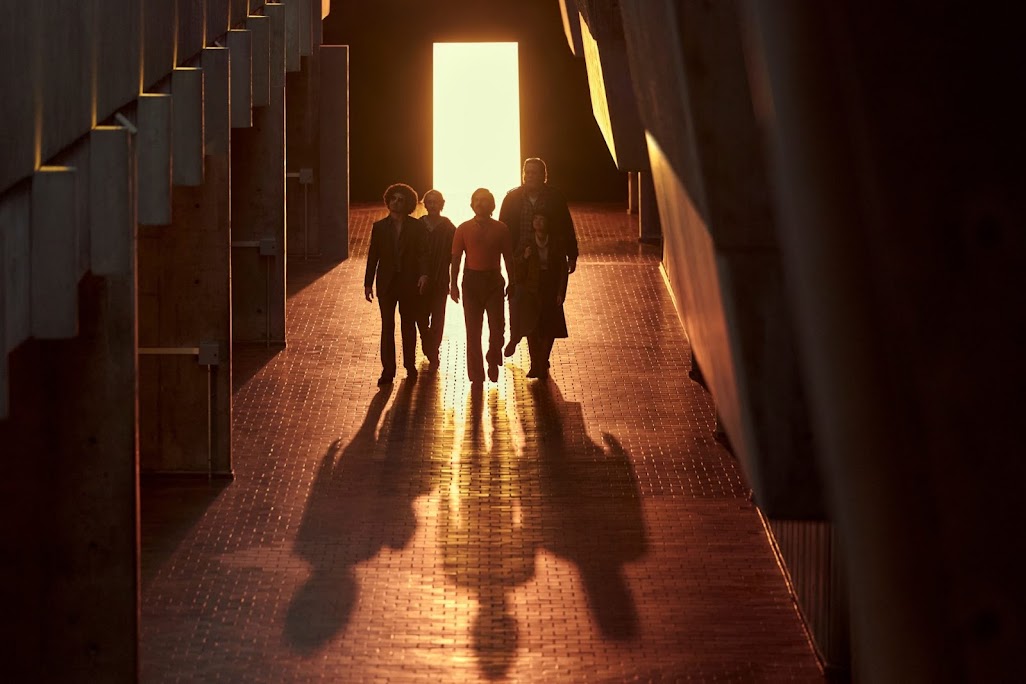



.png)









